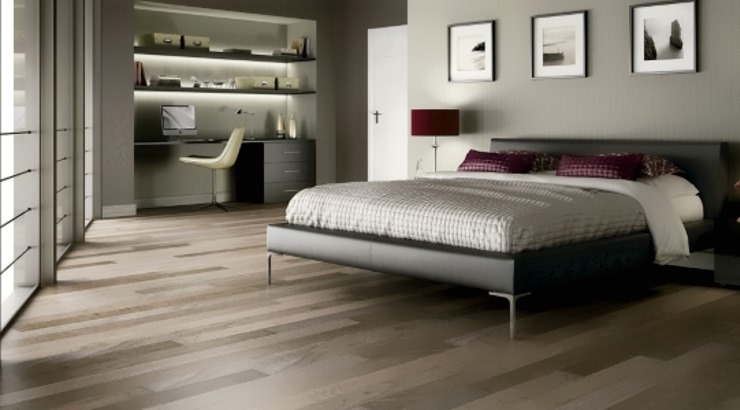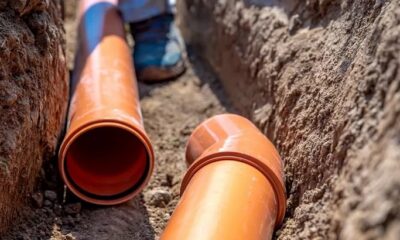Features
Engineered wood vs hardwood flooring
Top considerations when choosing between engineered wood flooring and hardwood flooring.

As the name suggests, engineered wood flooring is a type of flooring made of numerous thin layers of plywood with a thicker layer of hardwood glued to the top.
The layers of plywood are placed on top of each other in opposite directions to provide a dimensionally stable floor which resists shrinkage or expansion in the presence of moisture or high level of humidity.
It is important to differentiate engineered wood flooring from laminate flooring – which is a different product.
Engineered wood flooring is manufactured to accurate design specifications that are tested to meet national and international standards.
Due to the moisture resistant qualities of engineered wood flooring, these floors can be glued, stapled, nailed or floated over a variety of sub-floors including certain types of existing flooring such as vinyl tiles.
RELATED: Popular floor types for modern homes
Engineered wood floors can be used in a variety of applications, ranging from commercial buildings, residential houses to industrial products.
Hardwood flooring is a great choice for adding value and style to your home. Unlike engineered wood flooring, which is made up of layers of wood, hardwood flooring is made from a single plank of wood, usually 3/4” thick.
Since wood expands and contracts with changes in humidity, it is important to leave an air or expansion gap between the floor and the wall. This gap should be covered by baseboard trim.
Hardwood flooring should only be used in areas where moisture is controlled such as on ground or above-ground installations. It must be screwed or nailed to a wood sub-floor. Hardwood flooring can also be installed on a concrete slab, providing it is on or above ground level.
When choosing between engineered wood flooring and hardwood flooring, it is important to consider the cost and durability of each of the material.
Engineered planks are more expensive than solid wood – due to the labour costs involved in their production and the fact that they are available in longer and wider machined options.
RELATED: Why laminate flooring remains popular with homeowners
The ability to withstand extreme and unstable conditions is one of the major advantages of engineered wood flooring. This type of flooring can withstand the pressures of high traffic and can remain stable under high humidity than solid wood.
That said, hardwood flooring is extremely durable as can be evidenced from a huge number of homes boasting solid floors which are still in stable condition.
As such the choice between engineered wood and solid wood is informed by your home’s condition, your needs and of course your taste and budget.












